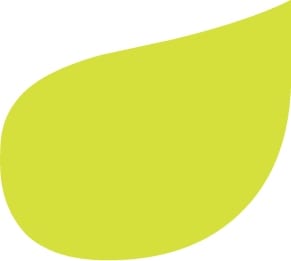In the United States, a third of women have reason to be reluctant to buy cute, knee-high dresses in the springtime: varicose veins. Roughly 33% of women suffer from varicose veins, which can alter self-esteem and quality of life. However, it is important to remember that varicose veins are usually just a cosmetic blight and are typically no reason for concern.
What is a varicose vein? It is a vein, usually in the legs or feet, that has become enlarged and gnarled due to years of added pressure–which is most often just from standing or walking. Spider veins are a more mild variation and are usually less visible than varicose veins. It can be difficult for adults to accept varicose veins, as they can look startling or unnatural on the skin and are a sign of aging. However, again, these veins are usually just a cosmetic concern.
On occasion, varicose veins can lead to more serious health problems. Here are some things to ask your doctor about if your varicose veins are causing you pain and discomfort.
Ulcers. Ulcers may form on your skin near varicose veins, most commonly near your ankles. A long-term buildup of fluid in the tissues surrounding the veins is caused by increased blood pressure within the varicose veins. This is what leads to ulcers, and can usually be spotted early on by a discoloration in the skin. Ulcers can also be a sign of a serious vascular disease.
Blood clots. Blood clots occur when varicose veins are deep in the leg tissue, causing the limb to swell quite excessively. This swelling is cause to visit a medical dermatology center because blood clotting in the leg may be occurring. The medical term for blood clotting is thrombophlebitis or a susceptibility to blood clotting.
Bursting veins. When varicose veins because severely engorged and are protruding significantly from the skin, they are at risk for bleeding. The bleeding is rarely at an alarming rate, but it is important to seek medical attention anyway because your veins are now at risk for bleeding again.
There are many preventative measures you can take to keep your varicose veins from causing you discomfort before any pain even begins. Common practices include wearing compression socks, exercising, and avoiding standing in one place for extended periods of time. It can be beneficial to put a pillow or two under your legs at night to elevate them and ease some of the pressure on the veins. People who lead unhealthy lifestyles and suffer from obesity as well as varicose veins may have to speak to a nutritionist about altering their diet and watching their weight to take the pressure off of the veins before any serious health problems occur. Remember, varicose veins are mostly a cosmetic issue, and can be treated through varicose vein therapy.

